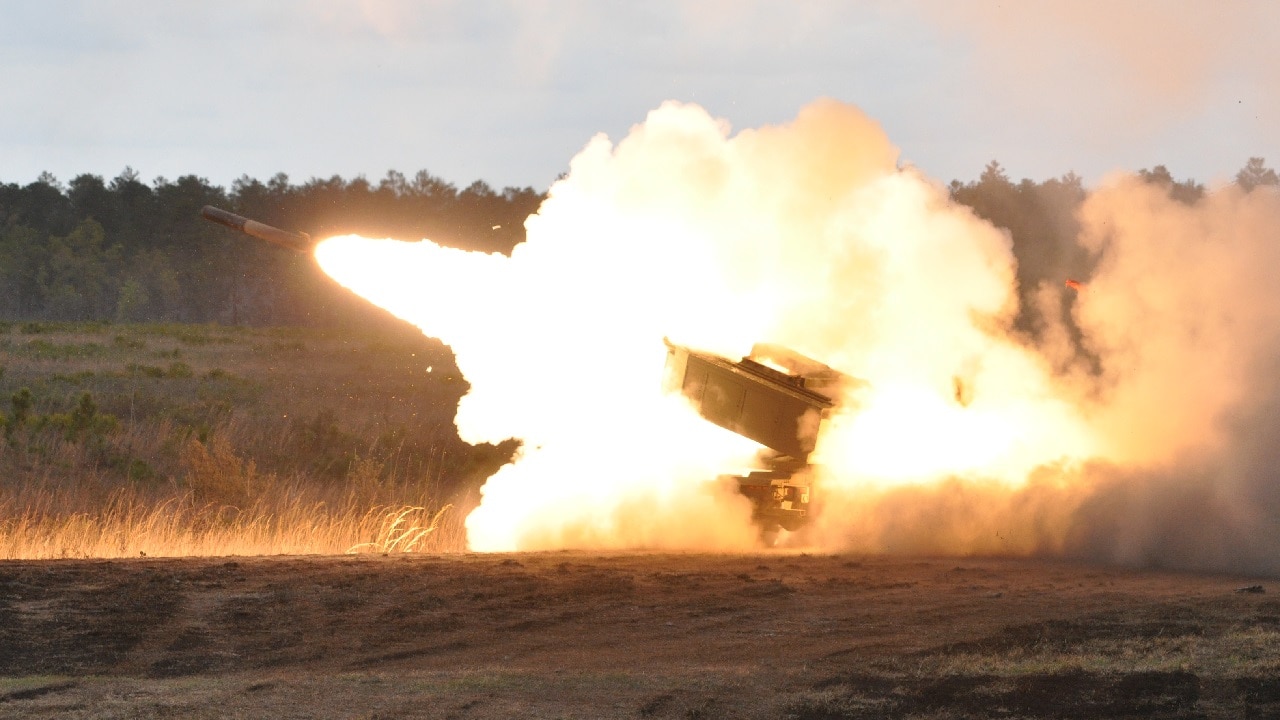Ukraine Says Russia Preparing Fresh Assault On Kyiv: When Russian forces withdrew from Kyiv just weeks into the invasion, it was a huge setback for Russia.
The embarrassing withdrawal – which followed weeks of combat on city streets, which Ukrainian soldiers knew better than Russian invaders – paved the way for a series of redeployments and repositioning.
Russian forces returned their focus to the eastern Donbas region, but according to the head of the Ukrainian Armed Forces, a new assault could be coming early in the new year.
Speaking to The Economist, Gen Valerii Zaluzhny suggested that the Kremlin may attempt to take control of Ukraine’s capital city for a second time as soon as the ice starts to melt. Specifically, Zaluzhny believes that the new assault could occur sometime in February or March.
When asked about Russia’s deployment of hundreds of thousands of soldiers to Ukrainian, the Ukrainian military leader said that Russia still presents a problem for Ukraine despite being ill-equipped and not properly trained.
“We estimate that they have a reserve of 1.2 million to 1.5 million people,” Zaluzhny said. “The Russians are preparing some 200,000 fresh troops. I have no doubt they will have another go at Kyiv.”
Ukraine Is Preparing
Ukraine is taking steps to counter any future offensives from Russian forces, according to Zaluzhny, who also told The Economist that generals have calculated how many tanks, soldiers, and artillery shells are required to repel a new attack.
One major problem Ukraine foresees, however, is that Russian commanders have deliberately pulled back soldiers far enough that they are now out of range of HIMARS rocket systems – meaning Ukraine will struggle to strike Russian positions without either making new advances or relying on attack drones.
Russia has not only withdrawn troops so that they are out of range of HIMARS rocket systems, Zaluzhny said, but also because of a lack of resources. The Ukrainian official estimated that it took Russia up to four years to build up the resources required to begin the invasion and that they likely had only three months’ worth of resources to complete the invasion.
“The fact that they have exhausted these resources and wasted their potential without achieving practically any result, shows that their position was chosen incorrectly. They now have to think again about how to get out of this situation,” Zaluzhny said.
Is This Why the White House Is Preparing to Send Patriot Missile?
Earlier this week, Ukrainian President Volodymyr Zelenskyy said during a nightly address to the nation that he had made significant progress in securing more advanced and longer-range weapons systems from allies in the West.
Zelenskyy did not offer any details of negotiations with Europe and the United States, but his comments came after unnamed officials confirmed the White House’s plans to send Patriot missile systems to the country.
While Western-supplied HIMARS in Ukraine have a range of roughly 80km, Patriot missile systems have a range of around 100km.
Jack Buckby is 19FortyFive’s Breaking News Editor.

